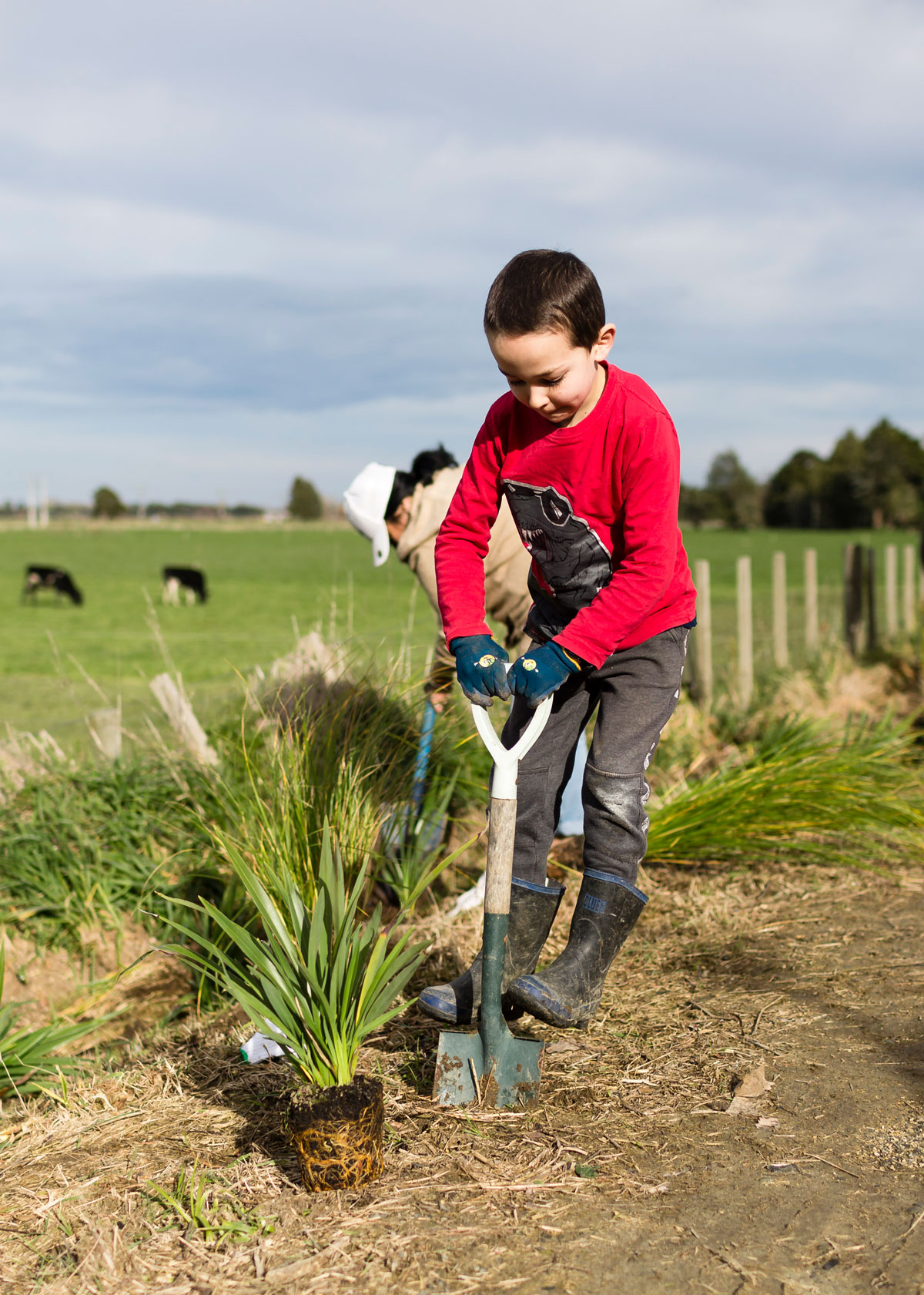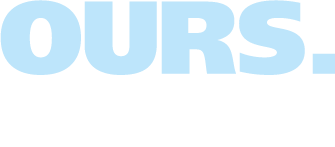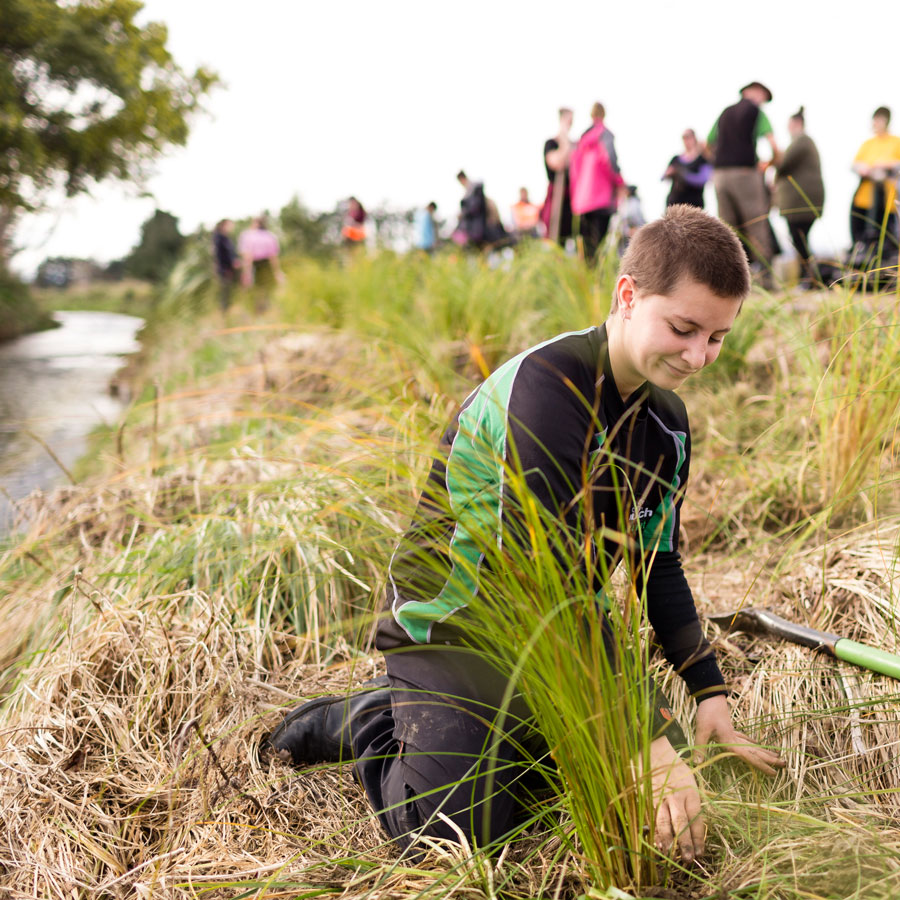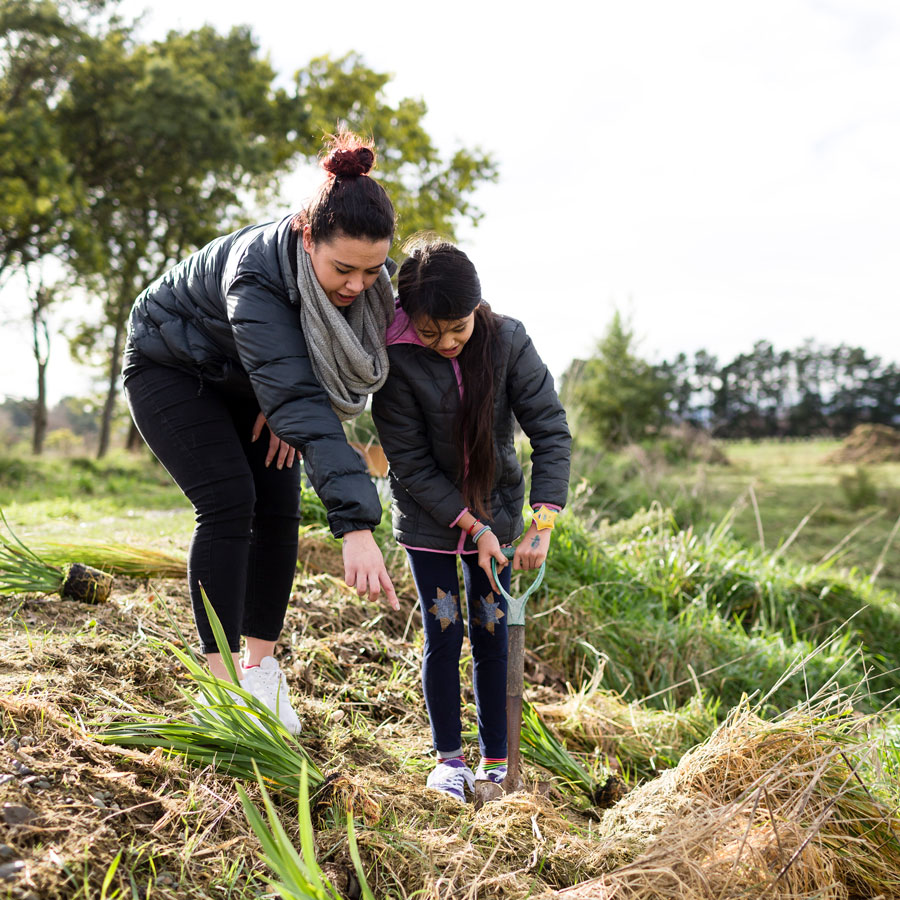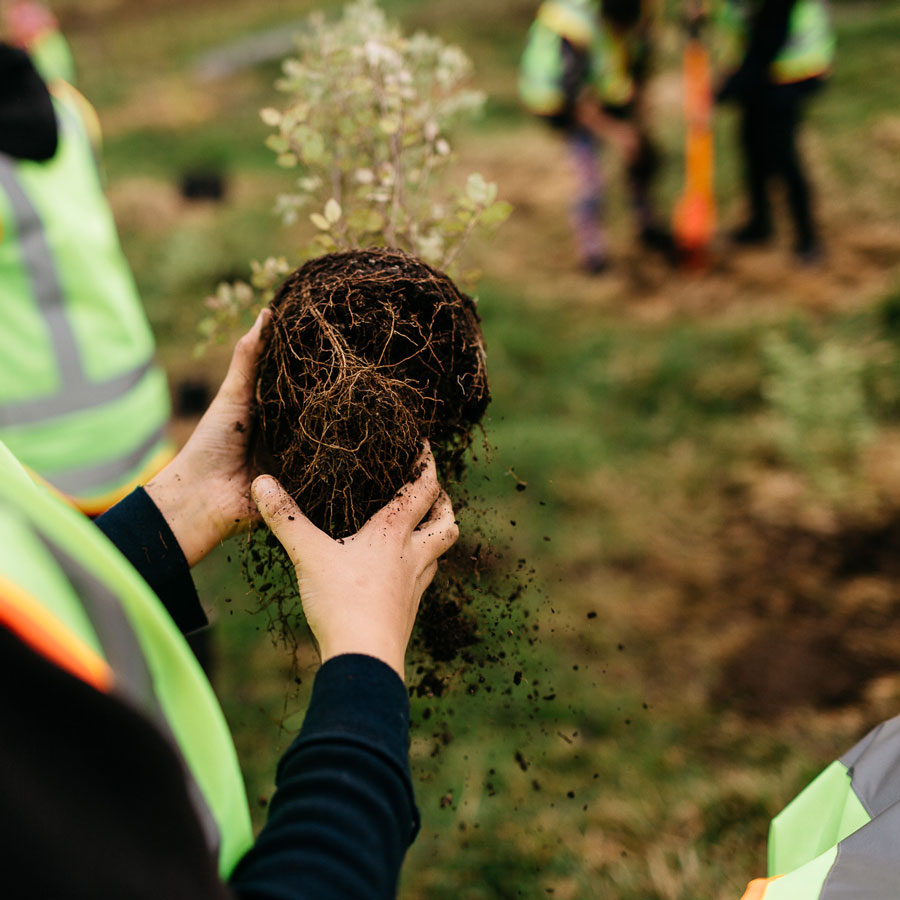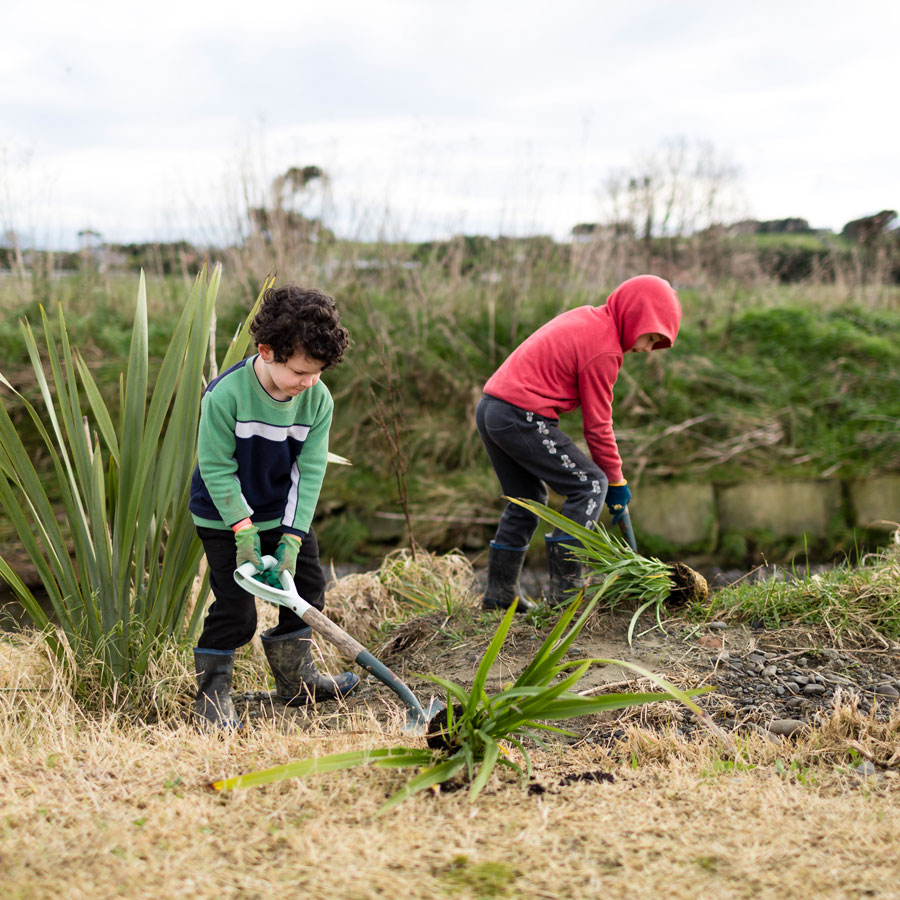The journey to improve the Manawatū Catchment is collaborative by its very nature and we all have a part to play in achieving the goals of the Accord. A priority identified by the Action Plan is a focus on public awareness, education and involvement.
Some of the key tasks in this action area include:
- Regularly and transparently reporting back on progress against tasks identified in the Action Plan. You can see progress in your area on the Manawatū River Leaders’ Accord Progress Map or check out Action Plan progress reports on the About page. Horizons Regional Council also recently commissioned Land Water People (LWP) to assess water quality state and trends across the region, you can download the full report here.
- Updating the Manawatū River website to better display Accord activity and opportunities for community involvement. In 2018 we were happy to launch this website with more content, maps of activity, and a news and events page for our community to share stories and get updates on progress.
- Establishing an education forum to identify opportunities for collaboration and sharing of resources. Work on this has begun in Palmerston North with the Department of Conservation, Rangitāne o Manawatū, Te Manawa Museum of Art, Science and History, Palmerston North City Council and Horizons Regional Council. This initiative is to be extended catchment-wide.
- Communicating the historical and traditional stories of iwi/hapū in connection to the catchment’s waterways. So far 14 signs have been installed at culturally significant sites telling the stories of iwi and the awa. Through the Te Mana o Te Wai project, Tū Te Manawa, six whare have been built, with two more in progress. These are a place for the community and visitors to find information, stories, and history of these significant sites. Find out more on our Tū Te Manawa page or visit the See Progress Map to find the whare in the catchment.
- Enhancing access to the river to provide greater opportunities for engagement. This includes things such as the Palmerston North City Council river framework, which includes extensive walking and biking tracks, as well as the construction of a new 7.6 kilometre shared pathway and bridge, He Ara Kotahi, which will link the city to Massey University and Linton Military Camp. Tracks have been expanded by 21 kilometres since the signing of the Accord.
Find out about environmental education programmes active in the catchment and get resources on our education page.
Te Pūtaiao tūmatanui i te awa o Manawatū me ōna manga
Citizen science in the Manawatū Catchment
Citizen science is another name for scientific research conducted by the community. Below are some of the programmes active in the Manawatū Catchment that focus on water quality and our waterways.
WAIORA
Waiora is an environmental education programme led by Horizons Regional Council. It is a hands on journey into our region’s many water sources and their impact on our lives. It provides opportunities for schools to investigate and plan action, based on learning about the environment, for the environment, in the environment. Since 2016, local schools have participated in over 50 stream studies in the Manawatū Catchment, working together to understand and protect our awa.
Tū Te Manawa
A kaupapa, erecting eight whare (educational kiosks) that bring whānau, hapū, iwi and community back to the awa. The project also aims to generate interest in citizen science, and an increased appreciation of the river and what it should mean to us and future generations. As part of the project community groups for each whare conduct Cultural Health Index monitoring to asses stream and cultural health.
Te keteparaha aroturuki me te arotake i te oranga ā manga
New Zealand Stream Health Monitoring and Assessment Kit (SHMAK)
How healthy is your stream? The Stream Health Monitoring and Assessment Kit (SHMAK) is a standardised testing system designed to help you find out. This kit enables non-scientists to collect consistent, scientifically valid information from small streams to use that information to make assessments of stream health. Find out more, and get your kit at the National Institute of Water and Atmospheric (NIWA) website.
Te hapori o Te Kawenata
The Accord community
The river is our treasure, our taonga, and it is our responsibility to look after it and protect it for generations to come. Whether you know a little or a lot about water quality, if you share this goal and want to contribute, we want to hear from you. Every little bit counts but to shift the tide we need everyone in the community to get on board.
Get in touch and get involved
If you’re interested in volunteering, get in touch with us at info@manawaturiver.co.nz or on social, as there may be a community planting day coming up or a community care group in your area. If you’re interested in starting your own community care group, here is a guide from Horizons to get you started. Catchment care groups such as the Oroua and Mangone West are already well established and undertake projects on a regular basis.
Have a project in mind but need some funding to get it off the ground?
Every year community projects are funded through the Accord, find out if your project is eligible and how you can apply on our Community Funding page.
Want to stay in the loop about what’s going on?
Check out our News and Events page for updates on activity and join the conversation on the Manawatū River Facebook, Instagram or Twitter.
